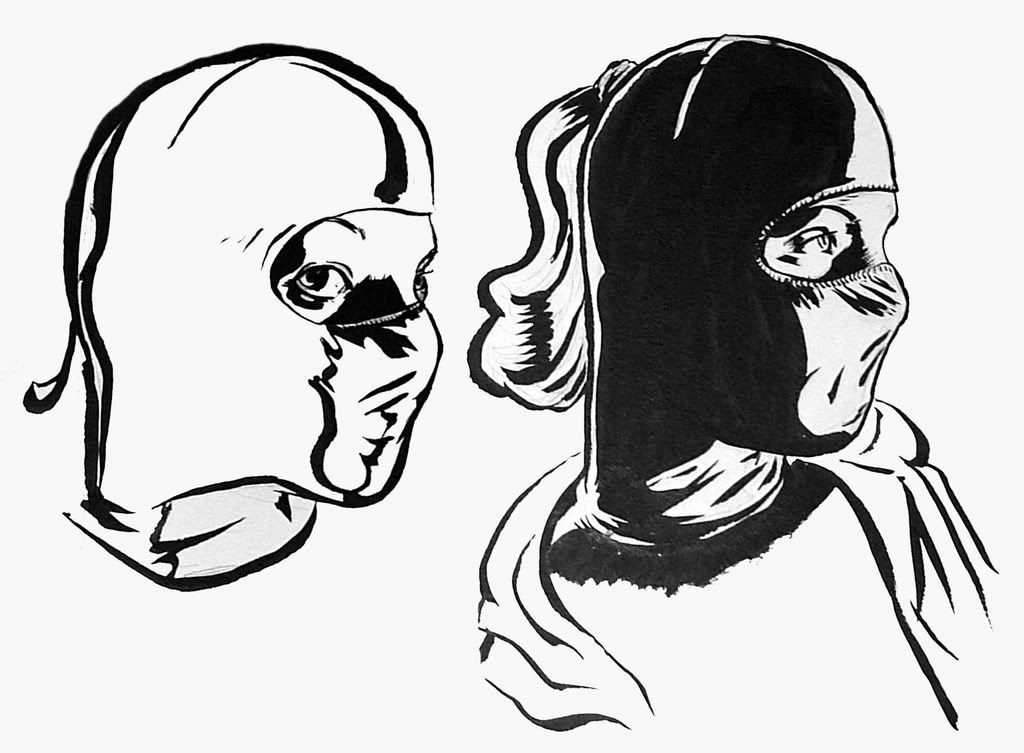I would like to preface this paper by saying that I hate defining something, because I think things can’t always be classified or defined in simple terms. Life and literature is too complicated for that. So instead of describing what contemporary poetry is (because who am I to attempt such a classification?), I am going to make some hopefully astute observations about what I noticed in my study of contemporary poetry thus far.
Contemporary poetry can be either very personal or can be applicable to anybody who reads it. It seems as though some poets use poetry as a release to express something that is very near and dear to their hearts. Sometimes the reader can relate but oftentimes the subject is far beyond the reach of the average man or woman. However, even if the subject matter is very personal, the poet can help the reader see or feel how they feel in their personal situation. For example, Yusef Komunyakaa’s poem Facing It is obviously about something that the majority of the population can’t relate to personally, because it is about being a veteran of the Vietnam War. He makes his personal connection to the war clear when he writes, “I’m inside/ the Vietnam Memorial/ again, depending on the light/ to make a difference./ I go down 58,022 names,/ half-expecting to find/ my own in letters like smoke.” However, although most people could never experience this feeling personally, Komunyakaa’s description is vivid, and it becomes a little easier to imagine how viewing the Vietnam Memorial as a veteran may feel.
Other contemporary poems are about everyday occurrences or thoughts that almost anybody could relate to personally. For example, in William Stafford’s poem Traveling through the Dark, Stafford writes about a doe who has been hit by the car, which is a common occurrence or sight to anybody who lives anywhere near deer. In Mary Oliver’s poem Mockingbirds, Oliver writes about the ideas of the importance of people even if they outwardly seem unimportant (like the old couple in the Greek myth she tells) and the unimportance of everyday obligations because of the importance of the moment (in her telling of watching mockingbirds play instead of going onto the planned days activities). These are thoughts that I’m sure a lot of people have had. It is so easy to think that we are small and insignificant (as the Hitchhiker’s Guide to the Galaxy’s Total Perspective Vortex shows us), but at times, it is important to think that there is still value in our boring, seemingly insignificant lives. And haven’t we all frittered away time when we could and/or should be doing something useful? By addressing common thoughts, Stafford, Oliver, and other poets are clarifying thoughts and experiences that the everyday man or woman has encountered.
Contemporary poetry is not always about the rich and the powerful but about the everyman. In Gary Snyder’s poem Hay for the Horses, Snyder does not tell about a lush lifestyle many people strive for; instead, Snyder tells about a man who gathers and stacks bales of hay for a living. This may not be the everyday occurrence to everybody who reads the poem, but it is about somebody who may be on the fringe of modern society. This poem also seems to speak directly to the reader. Snyder includes dialogue: “’I’m sixty-eight,’ he said,/ ‘I first bucked hay when I was seventeen./ I thought, that day I started,/ I sure would hate to do this all my life./ And dammit, that just what/ I’ve gone and done.” This dialogue helps the poet drag the reader into the poem. The reader is not longer a casual observer but an active part of the poem.
Nature in contemporary poetry plays a number of roles. Some authors keep the spiritual beautiful vision of nature. In Mary Oliver’s Mockingbirds, she stops and watches mockingbirds “ spinning and tossing/ the white ribbons/ of their songs/ into the air.” This seems to be a common vision of nature as a source of beauty and reverence. Oliver also writes about natural forms in her poem The Chance to Love Everything: “All summer I made friends/ with the creatures nearby - / they flowed through the fields/ and under the tent walls/ or padded through the door,/ grinning through their many teeth.” This also seems to have a positive outlook on animals and nature. This poem, however, also shows a dark, fearful side to nature: “I heard a sound/ outside the door, the canvas/ bulged slightly – something/ was pressing inward at eye level./ I watched, trembling, sure I had heard/ the click of claws, the smack of lips/ outside my gauzy house - / I imagined the red eyes,/ the broad tongue, the enormous lap./ Would it be friendly too?”
In his poem Traveling through the Dark, William Stafford addresses a gruesome side to nature. He tells the story of deer roadkill and how it is best to “roll them into the canyon.” He writes, “By glow of the tail-light, I stumbled back of the car/ And stood by the heap, a doe, a recent killing;/ She had stiffened already, almost cold./ I dragged her off; she was large in the belly.” This poem shows the seedy underbelly of nature that previous poets writing about nature left out. It tells about something that most people don’t want to think about but are faced with. However, Stafford doesn’t write about it to gross his readers out; instead, he finds some strange beauty in his experience with the dead doe. He seems to find or search for a connection or meaning with the doe’s death. He feels her unborn fawn and pauses to think before rolling her off the road. It is disgusting, no doubt, but beautiful in its own way.
Subscribe to:
Post Comments (Atom)

No comments:
Post a Comment